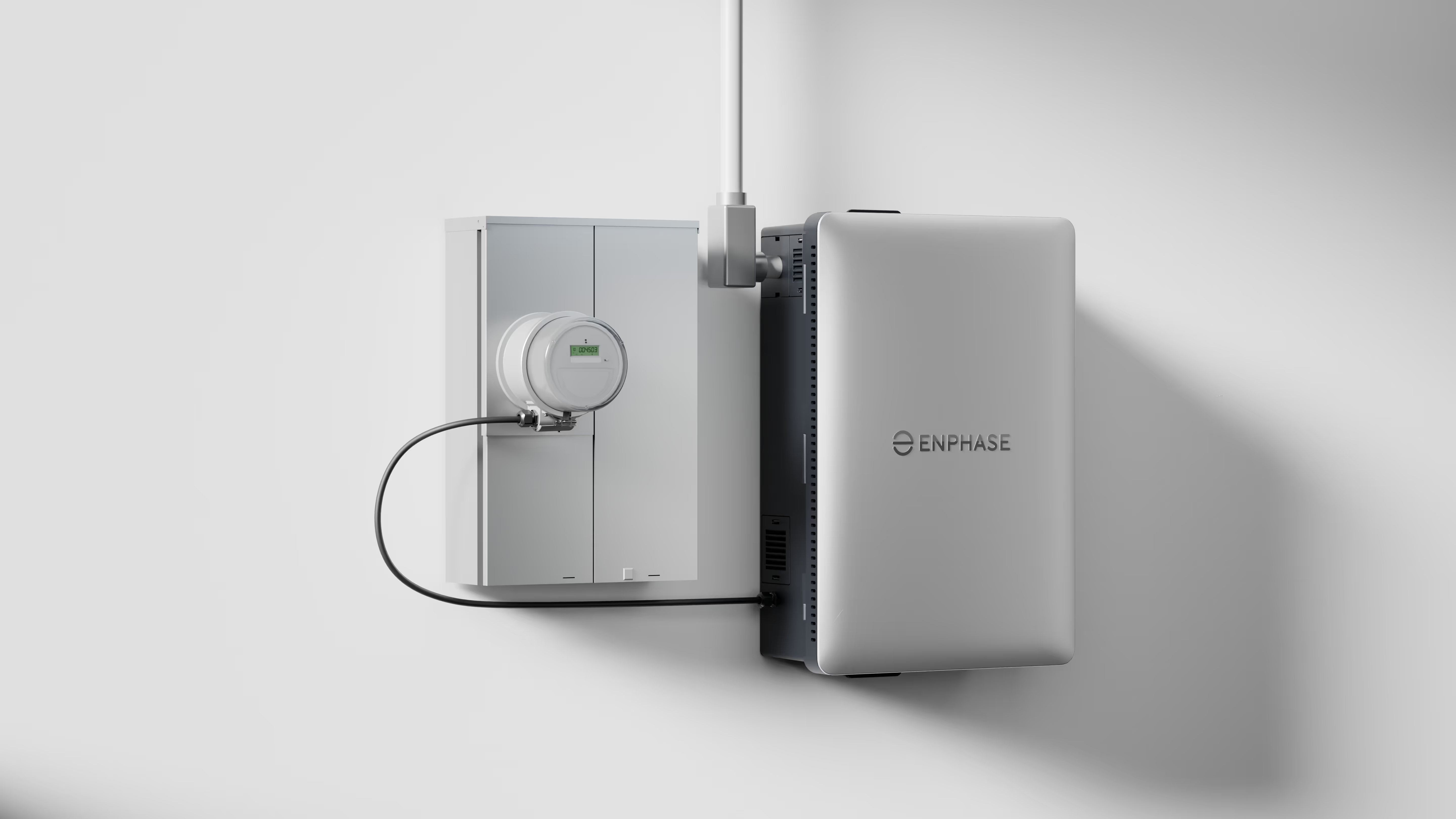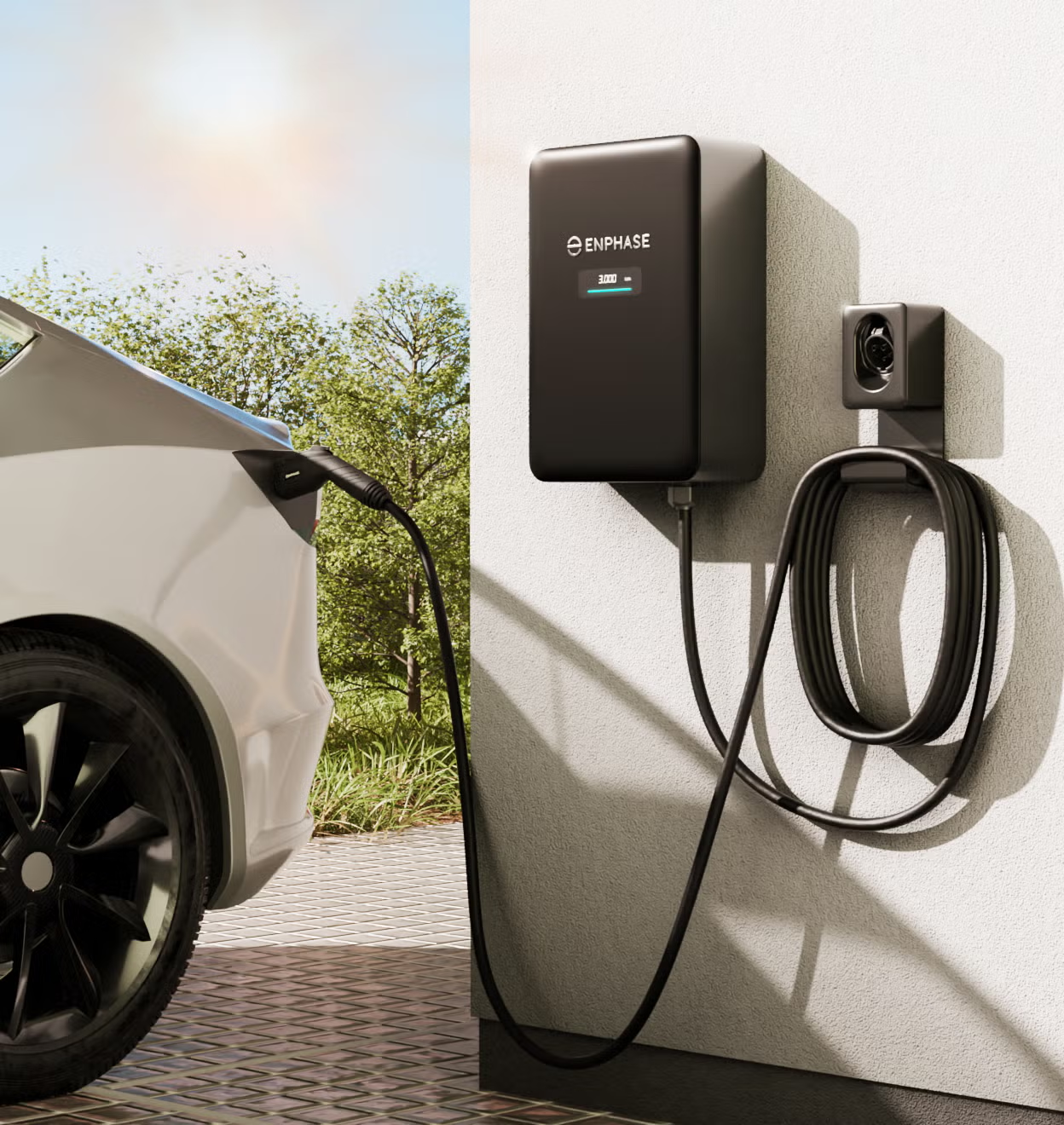Going Solar in Prineville, OR – What Homeowners Should Know

As the world shifts towards sustainable energy solutions, homeowners in Prineville, Oregon, are increasingly considering solar power as a viable option. With abundant sunshine and a growing emphasis on renewable energy, the transition to solar can be both environmentally and economically beneficial. However, navigating the solar landscape can be complex. This article aims to provide essential information for homeowners contemplating solar energy in Prineville.
Understanding Solar Energy
Solar energy harnesses sunlight and converts it into electricity or heat. This process can significantly reduce reliance on traditional fossil fuels, thereby lowering carbon footprints and contributing to a cleaner environment. For homeowners in Prineville, understanding the fundamentals of solar energy is the first step toward making an informed decision.
The Basics of Solar Power
Solar power systems typically consist of photovoltaic (PV) panels, an inverter, and a mounting system. The PV panels capture sunlight and convert it into direct current (DC) electricity. The inverter then transforms this DC electricity into alternating current (AC), which is the form used in homes. The mounting system secures the panels to rooftops or ground installations.
Solar energy can be utilized in various ways, including powering homes, heating water, and even charging electric vehicles. The versatility of solar technology makes it an attractive option for many homeowners. Additionally, advancements in solar technology have led to the development of solar batteries, which allow homeowners to store excess energy generated during the day for use at night or during cloudy weather. This capability not only maximizes energy efficiency but also enhances energy security, making solar power a more reliable option for everyday use.
Benefits of Solar Energy
One of the most significant advantages of solar energy is its potential to reduce electricity bills. According to the U.S. Energy Information Administration, the average residential electricity price in Oregon was approximately 11.7 cents per kilowatt-hour in 2021. Pacific Power and Portland General Electric recently raised their rates substantially from 2020 to 2025, and continued increases are expected through 2030. By generating their own electricity, homeowners can offset their energy costs and potentially save thousands over the lifespan of their solar system.
Moreover, solar energy contributes to energy independence. By relying on a renewable resource, homeowners can protect themselves from fluctuating energy prices and reduce their dependence on the grid. This independence is particularly relevant in regions like Prineville, where energy demands can vary significantly with seasonal changes. Furthermore, many states, including Oregon, offer incentives and rebates for solar installation, making it an even more financially viable option for homeowners looking to invest in sustainable energy solutions. These incentives can significantly lower the initial costs, allowing more residents to transition to solar power and enjoy its long-term benefits.
Solar Incentives and Rebates in Oregon
Oregon offers various incentives to encourage homeowners to invest in solar energy. These incentives can significantly lower the upfront costs of installing solar systems, making them more accessible to a broader audience. With a commitment to sustainability and reducing carbon footprints, the state has positioned itself as a leader in renewable energy initiatives, reflecting a growing trend towards environmentally friendly practices.
Federal Tax Credit
The Federal Investment Tax Credit (ITC) allows homeowners to deduct a percentage of their solar installation costs from their federal taxes. As of 2025, this credit stands at 30%. This incentive can substantially reduce the overall cost of a solar system, making it an attractive option for many homeowners. This credit is not promised through the end of 2025.*
State-Specific Incentives
In addition to the federal tax credit, Oregon has its own set of incentives. The Energy Trust of Oregon has various incentives available for homeowners looking to switch to solar. An updated list of Energy Trust Solar and Battery storage incentives can be found here.
Furthermore, some local utilities may offer additional rebates or incentives for solar installations. Homeowners should check with their utility providers for specific programs available in their area. These local programs can vary widely, with some utilities providing performance-based incentives that reward homeowners for the energy their solar systems produce. Additionally, Oregon's commitment to renewable energy is reflected in its Renewable Portfolio Standard, which mandates that a certain percentage of energy sold by utilities must come from renewable sources, further incentivizing solar adoption across the state.
Choosing the Right Solar System
When considering solar energy, selecting the appropriate system is crucial. Homeowners should evaluate their energy needs, budget, and the available space for installation. Here are some key factors to consider:
System Size and Capacity
The size of the solar system required depends on the household's energy consumption. Homeowners can analyze their electricity bills to determine their average monthly usage. A typical residential solar system ranges from 3 kW to 10 kW, depending on energy needs.
It's essential to work with a qualified solar installer who can assess the home's energy consumption and recommend an appropriate system size. Oversizing or undersizing the system can lead to inefficiencies and increased costs.
Types of Solar Panels
There are several types of solar panels available, each with its advantages and disadvantages. The most common types include monocrystalline, polycrystalline, and thin-film panels. Monocrystalline panels are known for their high efficiency and space-saving design, making them ideal for homes with limited roof space. Polycrystalline panels are generally less expensive but may require more space due to their lower efficiency. Thin-film panels are lightweight and flexible but typically have the lowest efficiency ratings.
Choosing the right type of panel will depend on the homeowner's budget, available space, and aesthetic preferences.
Installation Process
The installation process for solar systems can vary depending on the size and complexity of the project. However, there are common steps that homeowners can expect during the installation:
Site Assessment
Before installation begins, a qualified solar installer will conduct a thorough site assessment. This involves evaluating the roof's orientation, shading, and structural integrity. The installer will also review the homeowner's energy consumption to design a system that meets their needs.
Permitting and Interconnection
Once the system design is finalized, the installer will handle the necessary permits and interconnection agreements with the local utility. This process can vary in duration, depending on local regulations and utility requirements. Homeowners should be prepared for potential delays during this phase.
Installation Day
On installation day, the solar panels, inverter, and other components will be installed. This process typically takes one to three days, depending on the system's size. Once the installation is complete, the system will undergo testing to ensure it operates correctly.
Maintenance and Monitoring
After installation, maintaining a solar system is relatively straightforward. Regular maintenance can help ensure optimal performance and longevity. Homeowners should consider the following:
Regular Cleaning
Solar panels should be kept clean to maximize their efficiency. Dust, dirt, and debris can accumulate on the panels, reducing their ability to capture sunlight. In most cases, rain can help clean the panels, but homeowners in particularly dry or dusty areas may need to clean them manually or hire a professional service.
Monitoring System Performance
Many solar systems come with monitoring tools that allow homeowners to track their energy production in real-time. Monitoring systems can alert homeowners to any issues, helping them address problems promptly. Regularly checking the system's performance can ensure that it operates at peak efficiency.
Environmental Impact of Going Solar
Transitioning to solar energy not only benefits homeowners financially but also has a positive impact on the environment. By reducing reliance on fossil fuels, solar energy helps decrease greenhouse gas emissions and air pollution.
Reducing Carbon Footprint
According to the Solar Energy Industries Association (SEIA), the average residential solar system can offset approximately 100,000 pounds of carbon dioxide over its lifetime. This reduction in carbon emissions contributes to combating climate change and promoting a healthier environment.
Supporting Local Economy
Investing in solar energy can also support the local economy. The growth of the solar industry creates jobs in installation, maintenance, and manufacturing. According to a report by the National Solar Jobs Census, the solar industry employed over 250,000 workers in the United States in 2021, a number that continues to grow.
Common Misconceptions About Solar Energy
Despite the numerous benefits of solar energy, several misconceptions may deter homeowners from making the switch. Addressing these myths can help clarify the advantages of solar power.
Myth: Solar Panels Are Too Expensive
While the initial cost of solar installation can be significant, the long-term savings on electricity bills and available incentives can make solar energy more affordable than many realize. Additionally, the cost of solar technology has decreased significantly over the past decade, making it a more accessible option for homeowners.
Myth: Solar Energy Only Works in Sunny Climates
While solar panels perform best in direct sunlight, they can still generate electricity on cloudy or rainy days. In fact, solar systems can produce energy even in less-than-ideal weather conditions. Oregon's climate, with its mix of sunny and cloudy days, is still conducive to solar energy production.
Conclusion
Going solar in Prineville, Oregon, presents an opportunity for homeowners to embrace renewable energy and contribute to a sustainable future. With various incentives available, a commitment to environmental responsibility, and the potential for significant savings, solar energy is an option worth considering.
As the solar market continues to evolve, homeowners should stay informed about the latest developments and technologies. By understanding the benefits, costs, and processes involved, homeowners can make educated decisions that align with their energy needs and environmental goals.
Ultimately, the transition to solar energy is not just about saving money; it’s about investing in a cleaner, greener future for generations to come.
Ready to take the next step towards a sustainable future in Prineville? As the Best of Bend Solar Energy Company in 2024, National Solar is your trusted local partner in the journey to clean energy. With 15 years of experience, a commitment to our environment, and a family-owned touch, we ensure your solar transition is seamless and impactful. Plus, with our 10-Year Workmanship Warranty and 25-Year Manufacturer Warranty, your investment is secure. Get a free solar estimate for your home today and join the growing community of homeowners making a difference.
Calculate your potential energy cost without solar
| 5 Year Cost | |
| 10 Year Cost | |
| 15 Year Cost | |
| 20 Year Cost | |
| 30 Year Cost |
All-in-one energy solutions
Every project includes design, permitting, installation, and support from our award winning installation team.

Solar Panel Installation
Custom-designed rooftop solar systems that slash your electric bill.

Battery Storage
Store your daytime solar power for nighttime usage or power outages.

Ground Mounts
Ideal for properties without good roof access. Same savings, more flexibility.

EV Chargers
Power your electric vehicle at home for less, powered by your solar system.
